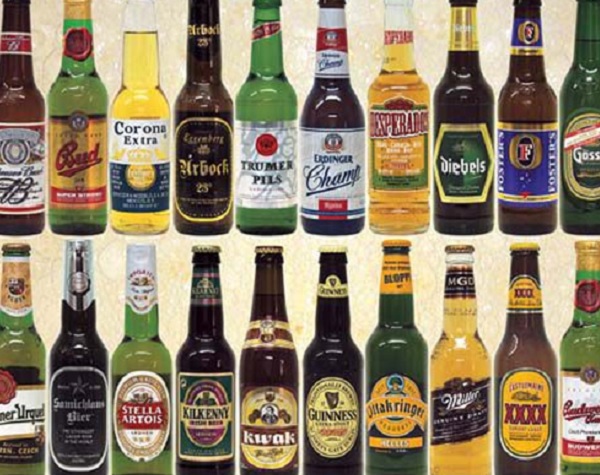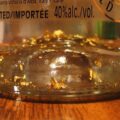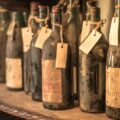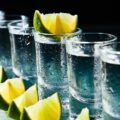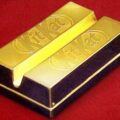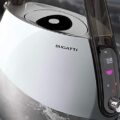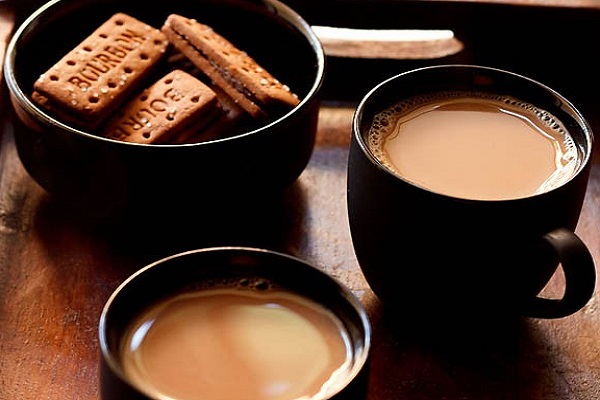Tea is my favourite beverage in the world. Before you start snickering, hear me out. It’s pretty much just hot water, right? With some tea leaves (or – if you read this list all the way through, you’ll find some other weird ways people are making tea.) So what’s the big deal? Mainly the rich aroma, the health benefits (it’s practically 99.9% water), the stress reduction, and – best of all (for me at least) – it helps in weight control. It’s pretty much zero calories and can often reduce your appetite when you drink it instead of grabbing something to eat. So many benefits in a freaking cup of tea!
Now, I didn’t know this until I started researching it, but tea is actually the most popular beverage in the world. I mean really popular. It’s consumed more than ALL other manufactured drinkings – that means soda, alcoholic drinks, and even coffee – combined. Think about India and China mainly – those guys love their tea. It’s pretty popular in England as well. Tea and crumpets, anyone?
This brings us back to the topic at hand – the most expensive teas in the world. Why do we care? Well, maybe you’ll be entertaining a British government official one day, and they’ll ask you for a spot of tea. You could give them just any old tea – but why not pander them with a $200 cup? And that’s not even the most expensive tea on this list!
Silver Tips Imperial Tea
Originating from the mystical Darjeeling region in India, Silver Tips Imperial Tea holds the crown as one of the most expensive teas in the world. Grown at elevations of over 6,000 feet, this tea is handpicked during the first harvest of the year. The leaves are covered in fine silver-coloured hairs, hence the name “Silver Tips.” With a delicate floral aroma, a light golden hue, and a sublime taste, this tea is a true connoisseur’s delight.
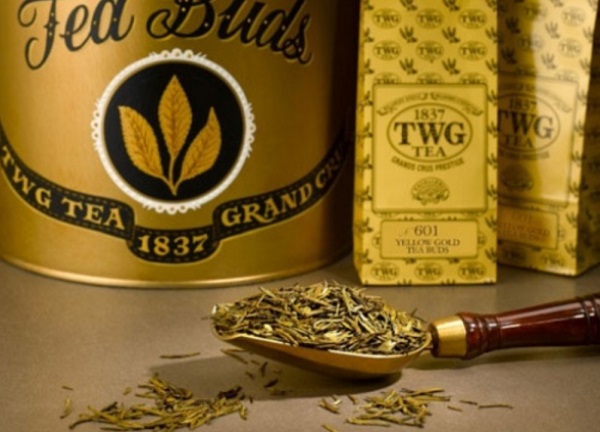
Yellow Gold Tea Buds
At around $105.71 USD for 50 grams (around 25 cups), this tea is both as expensive and as pretty as a piece of jewellery. What I mean is that they paint the tea leaves with real gold – 24 carats – and you’re apparently supposed to consume that into your body. But don’t worry. Apparently, it’s not only non-toxic, but it’s also actually pretty healthy. (Disclaimer – I didn’t actually drink this tea, but I have been told by a reliable source that it’s fine to consume small amounts of gold flakes.)
Now, this shimmering tea is only sold in Singapore, so if you’re not from there – or planning a trip there anytime soon – you’re out of luck. There is only one mountain in the world where the tea gets harvested, and – to make it even rarer – it’s only harvested one day a year, and only with special golden scissors, and only from the top part of the tree. That makes it more endangered than these animals! Guys, I’m trying to find out which day of the year these leaves are harvested, but no ones are telling me. I thought we’d all fly down to Singapore on that day and get our own. Yeah, they’re not going for it.
Pu-erh Tea
Renowned for its ageing process and distinct earthy flavour, Pu-erh Tea has gained popularity among tea enthusiasts and collectors around the world. Produced in the Yunnan province of China, this tea undergoes a unique fermentation and maturation process, sometimes spanning several decades. The longer the ageing process, the higher the price. Pu-erh tea is often sold in compressed forms, such as cakes or bricks, and its value appreciates over time, making it an attractive investment for tea connoisseurs.
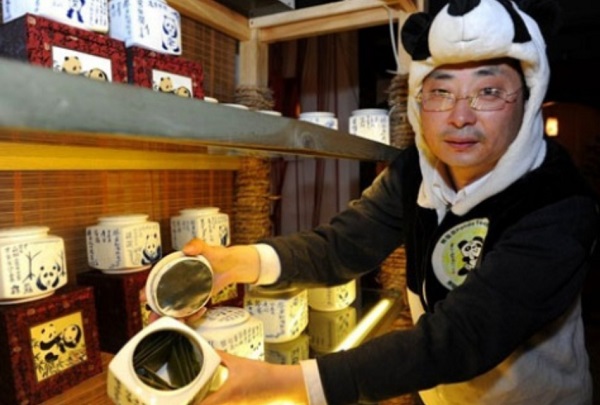
Panda dung tea
I love Pandas! They’re so cute and cuddly, and they sleep a lot and don’t do much else as a general rule. Basically, they remind me of me, but cuter. Oh, and another thing they do a lot of is poo. In the tea world, they call it dung, but it’s really poo. So this Panda dung (poo) is the secret to this special tea, which has been reported to be sold for around $200 per cup. Why do people drink tea made of animal poop? A few reasons. Pandas only eat wild bamboo, and they only absorb around 30% of the nutrients in their food. That leaves 70% in their excrement (there are many ways of saying poo), which gets into the tea. Yes, it sounds gross – so don’t think about it when you’re chugging down this tea. Your body will love it!
The tea is not actually made purely out of Panda dung, though. It’s just fertilized with it. A Chinese entrepreneur basically decided to cultivate tea leaves in the mountains of Ya’an, Sichuan and fertilize the leaves with the Panda dung. People loved the flavour and paid him lots of money for it. Oh, China.
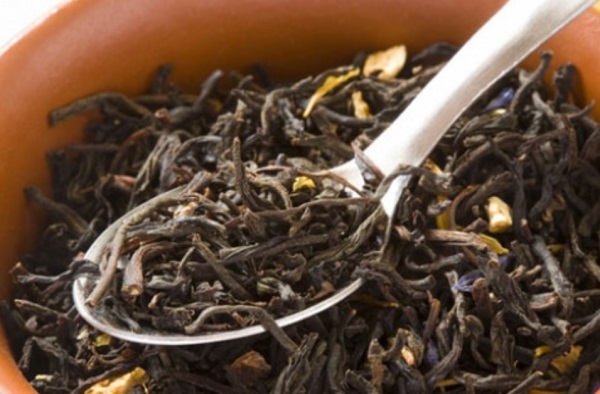
Da Hong Pao
This tea is legendary in that it dates back as early as the 18th century (theDao Guang Era, FYI) and is still being talked about to this day. We’re actually talking about the premium version of this tea – because there are a variety of options – but this one is the most expensive. So the Chinese government sold this tea in 1998 in an auction to the highest bidder and received $900,000 for it. That comes out to around $1,250,000 per kilogram. This tea is more expensive than gold. I’d love to try it; really, I would. But I don’t think it would be worth the mortgage I’d have to take out to pay for it.
What’s so special about this tea? A few Chinese government officials describe the tea as having a rich floral taste that lingers in the mouth, even several minutes after drinking. That’s pretty unique for a cup of tea.
Narcissus Wuyi Oolong Tea
Hailing from the rocky cliffs of the Wuyi Mountains in China’s Fujian province, Narcissus Wuyi Oolong Tea is an exceptional variety renowned for its complex flavours and remarkable aroma. The tea leaves are skillfully rolled into tightly curled balls, releasing a captivating floral fragrance when brewed. With a balance of fruity and roasted notes, this rare tea delivers a unique and rewarding drinking experience. Due to its limited production and high demand, it commands a significant price tag.

Gyokuro
This tea is known as Sencha, which is a Japanese green tea that’s made without grinding the tea leaves. The leaves are really pampered – they’re shaded from the sun in the final two weeks before harvesting, which helps increase the amino acids in the leaves, giving them a sweeter flavour and distinct aroma. This tea sells for about $65 USD for 100 grams, making it super expensive. It’s made in Japan’s Uji district, which I’m planning to go visit one day, if only for the off chance that they’ll have a 50% off deal or something. Although that will still make it way more than anything, I could afford for a cup of tea. Would you pay that much for tea?
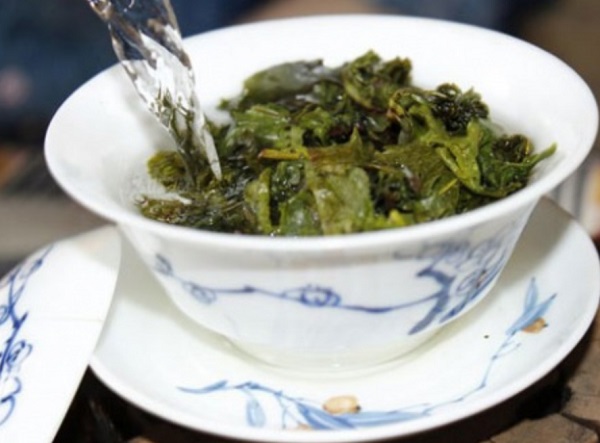
Tieguanyin Tea
Tieguanyin, a famous oolong tea originating from the Fujian province of China, is cherished for its elegant taste and long-standing cultural significance. Cultivated on terraced hillsides, the tea leaves undergo precise oxidation and roasting processes, resulting in a rich, mellow flavour with hints of orchid and a lingering aftertaste. Tieguanyin tea is often hand-processed by skilled artisans, contributing to its exclusivity and elevated price.
Gao Shan Tea
Gaoshan Tea, also known as High Mountain Tea, is a type of oolong tea produced in the mountainous regions of Taiwan. “Gaoshan” translates to “high mountain” in Chinese, and this tea gets its name from the elevated tea gardens where it is cultivated. The high altitude, misty climate, and fertile soil of these mountains contribute to the unique characteristics of Gaoshan Tea.
The tea leaves used to make Gaoshan Tea are typically plucked from Qingxin (Green Heart) cultivar tea bushes. These bushes are grown at elevations ranging from 1,000 to 2,500 meters (3,280 to 8,202 feet) above sea level. The cool temperatures, abundant rainfall, and optimal sunlight in these regions result in slow growth and concentrated flavour profiles in the tea leaves.
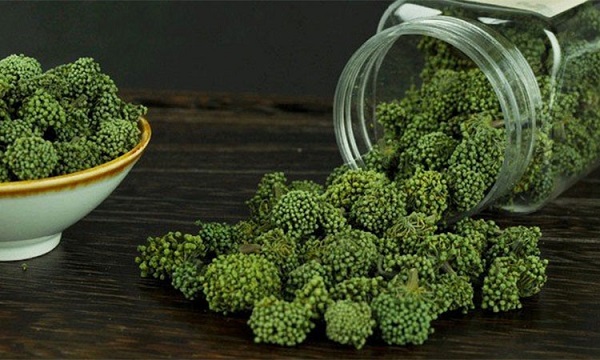
Tienchi Flower Tea
Known for its rarity and exceptional health benefits, Tienchi Flower Tea is a unique herbal tea that demands a high price in the market. The flowers, harvested from the Yunwu Mountains in China’s Yunnan province, are meticulously handpicked and dried. The tea is esteemed for its ability to promote blood circulation, relieve pain, and reduce swelling. With its delicate floral notes and therapeutic properties, Tienchi Flower Tea has become a sought-after luxury among tea enthusiasts.
For tea enthusiasts seeking a truly extraordinary and indulgent experience, these top five most expensive teas in the world offer a glimpse into the realm of luxury and refinement. From the exquisite Silver Tips Imperial Tea from India to the time-honoured Tieguanyin Tea and the rare Tienchi Flower Tea from China, each of these teas embodies a unique story, unparalleled craftsmanship, and a taste that is truly unparalleled. While these teas may not be accessible to everyone due to their high price, they serve as a testament to the immense value that can be found in a single cup of tea.

